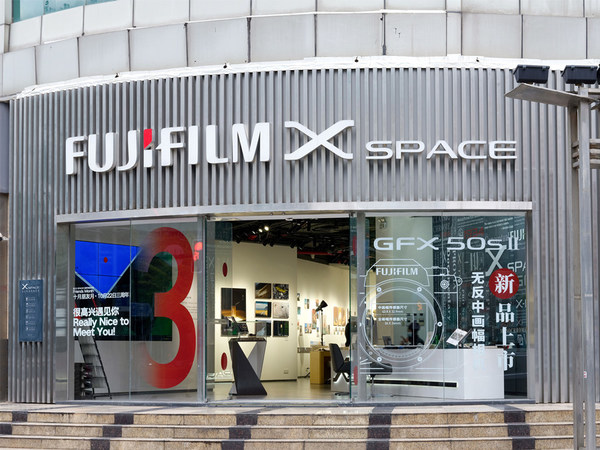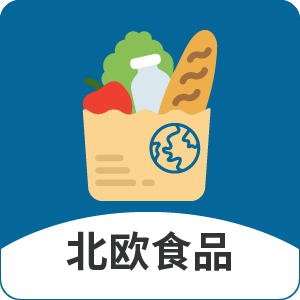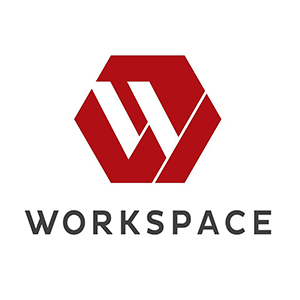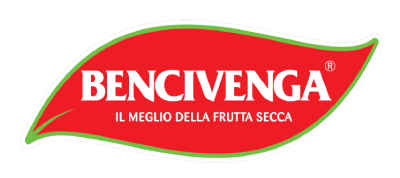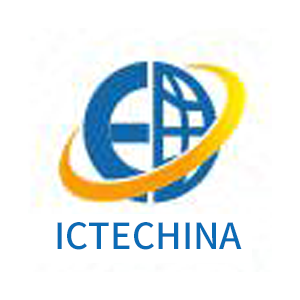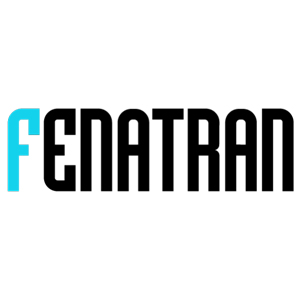By Jamil Bouchareb, CEO/Founder of Restaurantware
Did you know that bamboo can grow up to 35 inches within a 24-hour period? To add perspective, that’s the average height of a 3-year-old child — or about 5 ½ iPhone 14 Pro Max stacked upon each other.
As a veteran of the food packaging industry for over 15 years, this statistic caught my attention as I’ve watched manufacturers and brands navigate various challenges while striving toward sustainability. The current demand for environmental sustainability in our field is an incredible opportunity for innovation and a challenge we must meet head-on. How do we achieve the best of both worlds: products that meet the performance requirements of conventional packaging that impart a lessened impact on the environment? Our reliance on plastics and the undeniable impact of non-renewable resources on the environment are issues that no longer can be pushed to the margins. They require solutions that are not just innovative, but also practical, cost-efficient, and scalable.
Bamboo paper packaging, an option that leverages one of nature’s most astonishingly renewable resources, could check many of the boxes.
The challenges of traditional packaging
Traditional food packaging, including plastics and foams, has become a sticking point for environmental activists and policymakers. These materials accumulate in the environment at a devastating pace, are challenging to degrade, and deplete non-renewable resources. Beyond the environmental effects, legislation, like California’s mandate requiring a 25% reduction in plastic packaging sales by 2032, poses long-term operational challenges. Coupled with recently enacted state-regulated restrictions on PFAS chemicals, we’re standing at a critical juncture where the industry must embrace alternative packaging solutions that align with these legal imperatives and environmental necessities.
Exploring alternative solutions
As an industry, we’ve explored alternatives like recyclable plastics and biodegradable materials. In the pursuit of greener options, paper packaging emerged as a more sustainable alternative to plastic. Paper is often recyclable, degradable, and generally has a smaller carbon footprint compared to plastic.
However, the production of paper packaging is not without its own negative impacts. It can contribute to deforestation, with approximately 42% of global wood harvest used for paper (FAO, 2016). Furthermore, paper manufacturing is water-intensive, consuming about 10% of the total industrial water use worldwide (Environmental Paper Network, 2018). These facts emphasize the complexities of achieving a balance between sustainability and functionality. The negative impacts associated with paper underscore the need for more sustainable and innovative approaches that align with global demand for environmentally responsible practices, highlighting a space where tree-free paper solutions like bamboo could thrive.
Tree-free paper packaging: Is bamboo a game changer?
Tree-free bamboo paper packaging, touting all of the “pros” of paper packaging with fewer “cons,” presents itself as a contender for the best long-term alternative. Bamboo, one of the fastest-growing, renewable resources, offers a sustainable and durable packaging solution that adeptly balances cost and environmental consciousness.
- Compared to tree-based paper of the same grammage, bamboo paper has longer fibers and higher tensile strength.

In addition to promoting responsible forestry and biodiversity, choosing bamboo-based paper over tree-based bamboo creates a cycle of sustainability from cultivation to harvest.
- Bamboo can grow up to 3 feet per day and be harvested in just 3-5 years, compared to the 20-50 years required for most trees (Emamvardian, 2020).
- Bamboo produces up to 35% more oxygen than equivalent stands of trees and consumes 40% more CO2 (Schueman).
Challenges and considerations
Like any innovation, bamboo paper packaging comes with its challenges and considerations. Potential supply chain issues may pose logistical difficulties. Specific application constraints, such as adherence to existing manufacturing processes, may also hinder its use, as transitioning to sustainable materials can increase production costs. To offer the proper barrier against grease, oxygen, and microbial degradation, manufacturers would need to add a coating or lining to the bamboo paper – just as they do to tree-based paper. Promising developments in water-based dispersion coatings could provide the required liquid and grease resistance without compromising recyclability or imparting restricted chemicals.
Initial resistance to change is common; a recent study showed that organizational inertia is a significant barrier to adopting new practices and innovation (Moradi, 2021). Furthermore, a lack of awareness can hamper adoption; it could be challenging to educate and inform consumers about the impacts of sustainable packaging alternatives.
Overcoming these obstacles requires commitment, innovation, and collaboration between industry leaders, governments, and communities. With increased research, investment, and development in this sector, we can overcome these hurdles and propel bamboo paper packaging into the mainstream, aligning the industry with a sustainable future.
Where do we go from here?
We must remember that the long-term sustainability of the food packaging industry relies on our ability to adapt and innovate. It’s also important to be realistic: there isn’t a one-size-fits-all solution; the material and application that works best in one circumstance may not deliver similar effectiveness in another situation.
Regardless, we can all recognize that the future is green, and now’s the time to innovate and adapt. By evaluating bamboo paper and considering the environmental impacts associated with growing the materials we’re consuming, we’re not just investing in a product, but a paradigm shift towards a more sustainable and responsible future.
Explore bamboo paper packaging
If you’re looking for examples of bamboo paper packaging, try checking out this bamboo paper container or this bamboo paper cup. Understanding the unique opportunity that bamboo paper presents, Restaurantware is presently developing a line of 50+ bamboo paper products called Sustain that will be available by November 2023.
About the author

Jamil Bouchareb is the founder and CEO of Restaurantware. Since 2010, Restaurantware has been a leading foodservice supply manufacturer focused on providing sustainable and design-forward products to propel chefs and operators ahead of industry trends. With a customer-centric approach, Restaurantware averages 98.4% of products in-stock and ready to ship, and provides a streamlined online ordering experience with always-available customer support.
 Pages you might like
Pages you might like








 Latest information
Latest information
 Follow official account
Follow official account
 Online support
Online support
 鄂ICP备2022017323号
鄂ICP备2022017323号
 鄂公网安备 42018502006493
鄂公网安备 42018502006493
 Launch Exhibition
Launch Exhibition
 Release information
Release information



 Today's topic
Today's topic


